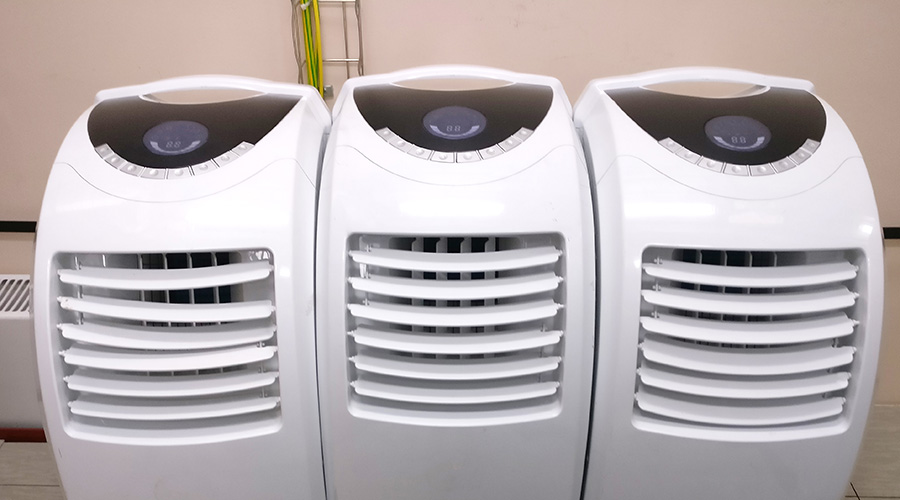Sidebar: Tankless Water Heater Specification and Installation
Institutional and commercial facilities can realize savings by switching to tankless water heaters. But nothing in facilities is as simple as it first appears, as maintenance and engineering managers know all too well. Solid engineering data supports the performance claims of the claims of most manufacturers, but it is important for managers to understand that equipment is only as efficient as its application.
Sustainable design practices dictate that managers ensure an advanced level of coordination among the trades involved in a system’s installation. Electricity, plumbing and HVAC systems are heavily integrated into buildings and require more coordination than ever. Ultimately, no manager can rely on the word of one engineer to decide the right systems for their facilities. Each selection of systems needs to be addressed in a team setting and fully coordinated as a way of ensuring the application is correct, not only from an engineering perspective but from the perspective of maintenance and safety.
Building owners and managers often assume that engineers in the same office or under the same contract spend an appropriate amount of time discussing coordination. But coordination is a challenge on most projects, even when every engineer is working to the same deadline. Ultimately, trades coordination is only one piece of the puzzle that too often is missing, resulting in the misapplication of equipment and technology.
Too often, the use of the building or its occupancy drives misapplication. Giving an engineer an accurate picture of the way occupants will use a facility drives the design. When an engineer’s work uses the wrong information, equipment is misapplied. When an engineer’s work is derived from missing information, they typically overdesign flexibility into the systems.
In short, providing the right information can resulting in savings throughout the project, whether on installation, maintenance, or energy costs.
— Nick Hinman, P.E., and Scott Lance
Related Topics:














